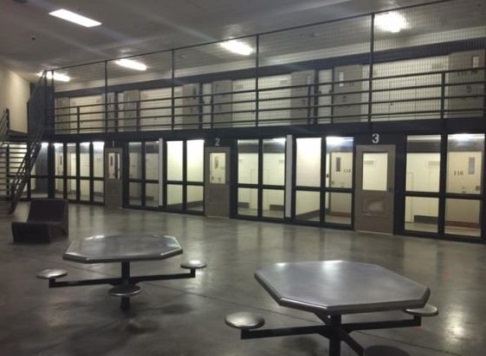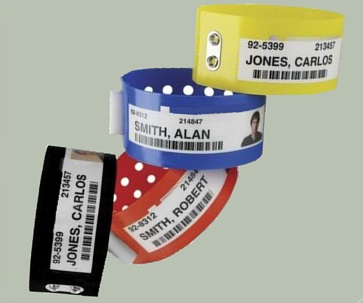Classification Unit



The Kern County Sheriff's Office Classification Unit is a working component of the Population Management Section, dedicated to managing the inmate population. The unit follows a structured plan which provides a safe and secure custodial environment protecting both inmates and staff. The unit follows an established uniform procedure for the classification of inmates with classification staff systematically and continually assessing the risk criteria and custody requirements for all persons confined. The classification of inmates is equitable and objective without discrimination against any individual based on sex, race, color, creed, cultural background, physical handicap, or national origin. Classification management includes balancing objective criteria components as well. Objective inmate classification strategies include, but are not limited to, criteria such as current criminal charges, criminal sophistication, and gang affiliation. These criteria continue to guide the classification process toward the provision of the safest environment possible. In addition to managing newly sentenced inmates, the Public Safety Realignment Act requires counties to supervise and house violent, serious and sex offenders who violate the conditions of their parole.
Balancing this volatile population requires significant experience and careful consideration by trained Classification and Gang Deputies. Proper classification and assessment help ensure the inmate is assigned to the most appropriate jail-based program for their particular needs. To accomplish this, Classification Deputies assess and interview each inmate several times for behavioral changes that occur during incarceration. Continual assessment practices include collaboration and consultation with specially trained Behavioral Health and Substance Abuse personnel and/or educational/vocational teaching staff.
In an effort to combat gang violence, the Classification Unit works diligently in identifying gang members in-custody. Gang deputies assigned to the Classification Unit work with allied law enforcement agencies, not only on the local and state level, but nationwide.
The Classification Unit is also responsible for collecting the DNA of inmates. All sentenced felons are subject to DNA collection. DNA collection consists of a buccal swab that scrapes the saliva and skin cells from the inner cheek of the prisoners’ mouth. The sample, along with a thumb print, and identifying information are forwarded to the Department of Justice. DNA profiles on file assist law enforcement in solving crimes as well as exonerate persons wrongly accused of a crime. Starting in 2009, all adults arrested on felony charges were required to submit to DNA collection.
